Coffee beans common sense coffee roasting defective beans introduction
Moldy beans: because of incomplete drying, or damp in the process of transportation and storage, cyan and white molds grow, which sometimes make the beans stick together. If these moldy beans are not removed, they will produce moldy smell.
Dead beans: beans with abnormal results. The color is not easy to change because of baking, so it is easy to distinguish. The flavor is thin, as harmful as silver skin, and will become a source of peculiar smell.
Immature beans: beans picked before they are ripe have a fishy, disgusting taste. Leaving raw coffee beans for years is a strategy to deal with these immature beans.
Shell beans: produced by poor dryness or abnormal mating; the beans break from the central line and the inside is turned out like a shell. Shell beans can cause uneven baking and are easy to catch fire during deep baking.
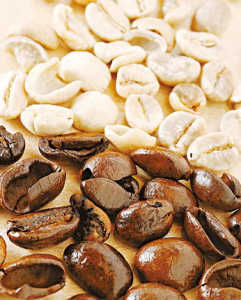
Moth-eaten beans: moths invade and lay eggs when the coffee fruit is ripe and red, and the larvae eat the coffee fruit and grow, leaving traces of moth on the surface of the beans. Worm-eaten beans can cause the coffee liquid to be cloudy and sometimes produce a strange smell.
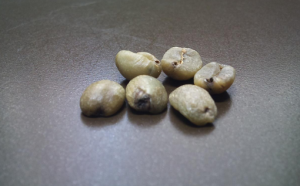
Black beans: beans that mature early and fall to the ground and ferment and blacken when they come into contact with the ground for a long time. It can be easily removed by hand-selected steps. Coffee mixed with black beans will smell rotten and cloudy.
Over-dried beans (cocoa): it is caused by natural drying that the pulp remains and is not fully shelled. With iodine flavor, soil flavor and other flavor, it will give off a bad smell.
Shell beans: endocarp covers the inside of the pulp of coffee beans and remains on the washed coffee beans. The poor heat permeability when roasting and sometimes burning is the reason for the astringent taste of coffee.
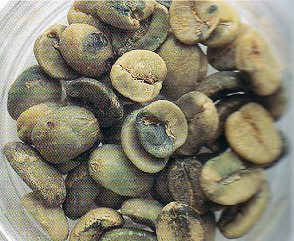
Others include broken beans, red peel beans (beans that rain naturally and taste dull), stunted beans (small grains of beans that stop growing due to lack of nutrients, strong flavor), and sometimes mixed with corn or pepper, and so on.
Stone: beans harvested are easily mixed with stone or sawdust because of natural drying.
Of course, after recognizing the defects in these coffee beans, is everything going well? certainly not. It just makes people understand them. In the actual bean selection process, they still have their own coolies to choose beans by hand.
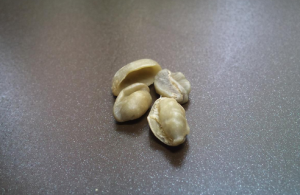
Important Notice :
前街咖啡 FrontStreet Coffee has moved to new addredd:
FrontStreet Coffee Address: 315,Donghua East Road,GuangZhou
Tel:020 38364473
- Prev
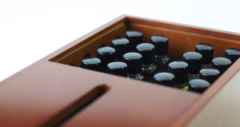
How to tell the taste of coffee? coffee nose to help you.
For any coffee roaster, a set of coffee nose is a necessary training tool. For a long time, due to different regions, we are very strange to many aromas mentioned in coffee, such as cedar, blackcurrant and so on. After the launch of Le Nez du vin, the wine tasting tool of French Jean Lenoir, it satisfies the majority of coffee lovers and professionals.
- Next

General knowledge of Coffee Culture Fine Coffee Culture in Malaysia
Seoul, Singapore and Hong Kong have become coffee capitals in the region, and Malaysia seems ready to join the other three countries. We actually went to Malaysia to talk to local people about the current coffee trend. Recently, many coffee lovers can be seen leading these cities in Kuala Lumpur, Penang and JohorBahru, a city near Singapore.
Related
- Beginners will see the "Coffee pull flower" guide!
- What is the difference between ice blog purified milk and ordinary milk coffee?
- Why is the Philippines the largest producer of crops in Liberia?
- For coffee extraction, should the fine powder be retained?
- How does extracted espresso fill pressed powder? How much strength does it take to press the powder?
- How to make jasmine cold extract coffee? Is the jasmine + latte good?
- Will this little toy really make the coffee taste better? How does Lily Drip affect coffee extraction?
- Will the action of slapping the filter cup also affect coffee extraction?
- What's the difference between powder-to-water ratio and powder-to-liquid ratio?
- What is the Ethiopian local species? What does it have to do with Heirloom native species?

